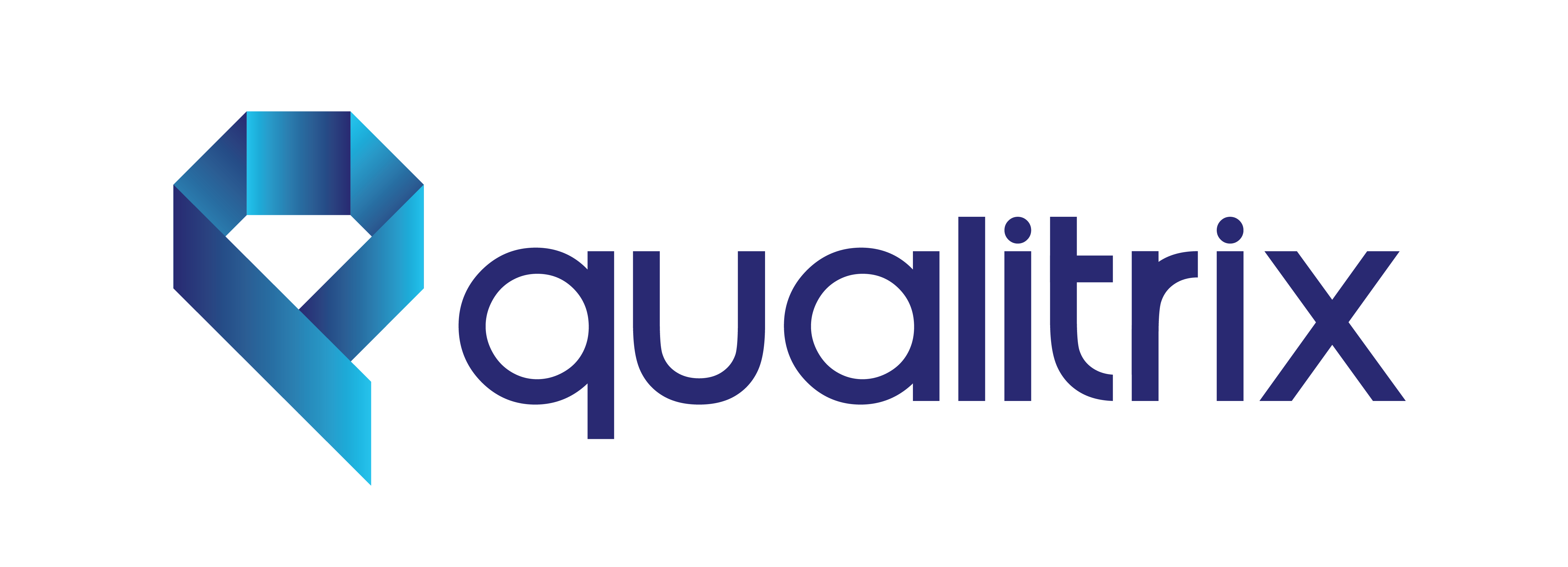Introduction
As the realm of software development embraces Artificial Intelligence (AI) for testing, the focus on software security becomes paramount. While AI testing offers transformative benefits in enhancing security practices, it also brings forth new challenges and risks. In this blog, we will delve into the dual nature of AI testing—its profound benefits and the potential risks it introduces to software security.
Benefits of AI Testing for Software Security
1. Enhanced Vulnerability Detection
AI testing excels in identifying vulnerabilities that may go unnoticed in traditional testing approaches. Machine Learning algorithms can analyze vast datasets, detect patterns, and pinpoint potential security threats that might be challenging to identify through manual testing.
2. Dynamic Threat Modeling
AI-driven threat modeling adapts to the evolving nature of cyber threats. Through continuous learning, AI can dynamically adjust its threat models, ensuring that security testing remains effective in the face of emerging vulnerabilities and attack vectors.
3. Automation for Rapid Response
Automated AI testing accelerates the identification and response to security issues. AI algorithms can swiftly analyze code changes, assess potential security risks, and trigger automated testing processes. This rapid response capability is crucial in the agile and DevOps environments where quick iterations are the norm.
4. Improved Accuracy and Consistency
AI testing eliminates the possibility of human error and ensures consistent security assessments. By relying on machine learning algorithms, organizations can achieve more accurate and repeatable security testing processes, reducing the likelihood of false positives and negatives.
5. Advanced Behavioral Analysis
AI can perform advanced behavioral analysis to identify anomalous patterns or activities that could indicate security threats. Through continuous monitoring and analysis, testing can detect unusual behaviors that may signify a potential breach or security compromise.
Risks and Challenges of AI Testing for Software Security
1. Adversarial Attacks
Adversarial attacks target AI models themselves, aiming to manipulate or deceive the system. In the context of security testing, attackers might exploit vulnerabilities in the AI algorithms to deceive the system into overlooking certain security issues or generating false positives.
2. Lack of Diversity in Training Data
The effectiveness of AI testing heavily relies on the diversity and representativeness of the training data. If the training data lacks diversity, the AI model may not adequately identify or understand certain types of security threats, leading to potential blind spots in the testing process.
3. Bias in Security Assessments
AI models can inadvertently inherit biases present in the training data, impacting the accuracy of security assessments. If the training data contains biases, the testing system may exhibit skewed results, potentially overlooking certain security vulnerabilities or inaccurately flagging others.
4. Limited Understanding of Context
AI testing may struggle with understanding the context in which certain security issues occur. The lack of contextual understanding could lead to misinterpretation of benign activities as security threats or vice versa, affecting the precision of security assessments.
5. Over-Reliance on Automation
While automation is a strength, over-reliance on testing without human oversight can be a risk. Human intuition and expertise are essential for understanding the broader context, interpreting complex scenarios, and making nuanced decisions that AI algorithms may struggle with.
Strategies for Mitigating Risks in AI Testing for Software Security
1. Rigorous Model Validation and Testing
Conduct thorough validation and testing of AI models used in security testing. Rigorously assess the model’s performance, identify potential biases, and validate its effectiveness across diverse scenarios.
2. Diverse and Representative Training Data
Ensure the training data used for AI models is diverse, representative, and free from biases. Regularly update and expand the training dataset to account for evolving security threats and scenarios.
3. Human-AI Collaboration
Promote a collaborative approach where AI testing works in tandem with human experts. Human oversight is essential for providing context, interpreting results, and making decisions that consider the broader implications of security assessments.
4. Regular Audits and Reviews
Conduct regular audits and reviews of the AI testing processes. Evaluate the system’s performance, identify areas of improvement, and address any biases or inaccuracies that may arise during testing.
5. Incorporate Ethical Considerations
Prioritize ethical considerations in Testing. Establish guidelines and frameworks that emphasize fairness, transparency, and accountability. Actively address ethical concerns and biases to ensure responsible and unbiased security testing practices.
Conclusion: Balancing Innovation and Vigilance
AI testing for software security brings a host of benefits, revolutionizing the way organizations identify and address vulnerabilities. However, it is crucial to acknowledge and mitigate the inherent risks and challenges associated with AI-driven security assessments. Striking a balance between innovation and vigilance, along with human oversight, will be instrumental in leveraging the transformative power of AI testing while safeguarding the integrity and reliability of software security practices.

